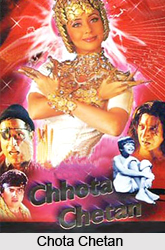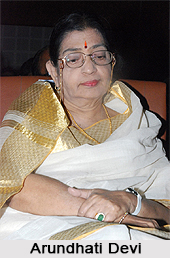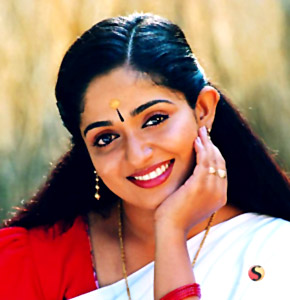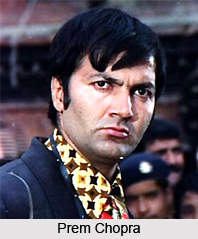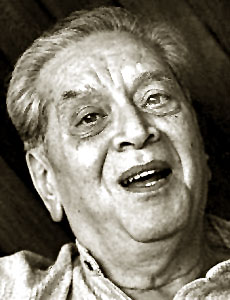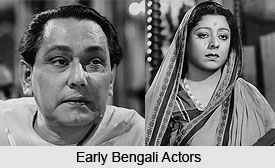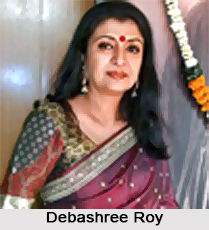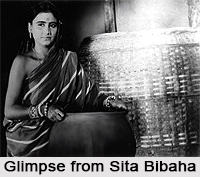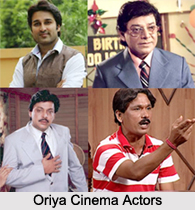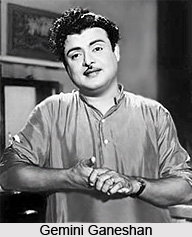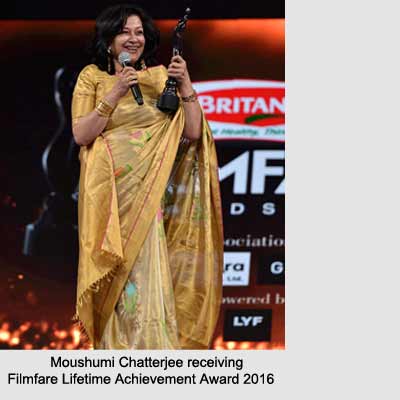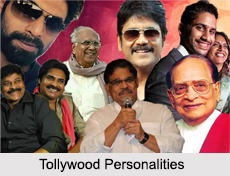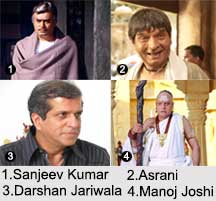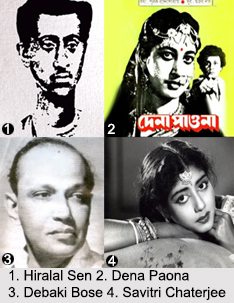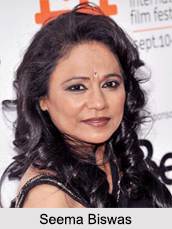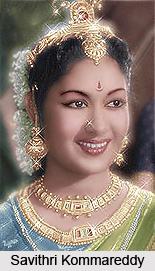The 20th century was a Golden Age for Marathi cinema as well. The film industry was traditionally influenced by its rich tradition of theatre, the humorous "tamasha" style in particular. Firmly "Maratha-centric", some of the films produced in this period are enduring milestones in the history of Indian cinema.
The historical Ramshastri (1944) was directed by Gajanan Jagirdar for Prabhat with Raja Nene. Till date it remains popular in Maharashtra and among film buffs. It narrates the story of the legendary eponymous Peshwa judge, known for his unshakeable probity and who breathes new life into law in a climate of regicide, conspiracies and usurpations contrived by the affluent.
Bhalji Pendharkar made Maharani Yesubai in 1954. This film too is set in the Maratha Empire. There are other three films, which are all set in the set in the same era. These films include—Chhatrapati Shivaji (1952), Mohityanchi Manjula (1963) and Maratha Tikuta Melvava (1964). Later in 1965 he made Sadhi Manse, which had a coherent rural melodrama.
Raja Paranjpe, another important Marathi actor-director made Pedgaonche Shahne (1952), the story of a surgeon who loses his mind—a critique of fashionable, rationalist notions about insanity. Lakhachi Goshta, made in 1953, is a light, hilarious comedy about two impecunious friends. Beside them the contribution of Prahlad Keshav cannot be overlooked as well. He made seven films, the most important of them being Shaymchi Aai (1953) based on a major Marathi novel. Another great success was Sangte Aika (1959), directed by the prolific Anant Mane.
Datta J Dharmadhikari, specialist in melodrama, made the tearjerker Chimni Pakhare and the even weepier Bhagyavan; Marathi cinema could often outstrip Hindi cinema in the sorrowful melodrama genre.
